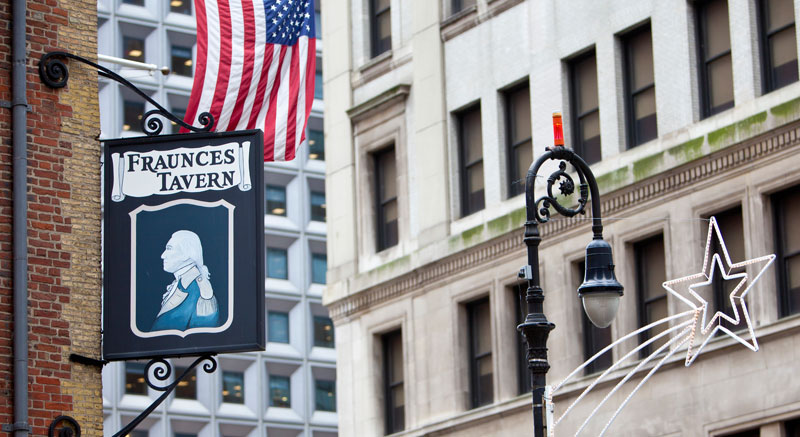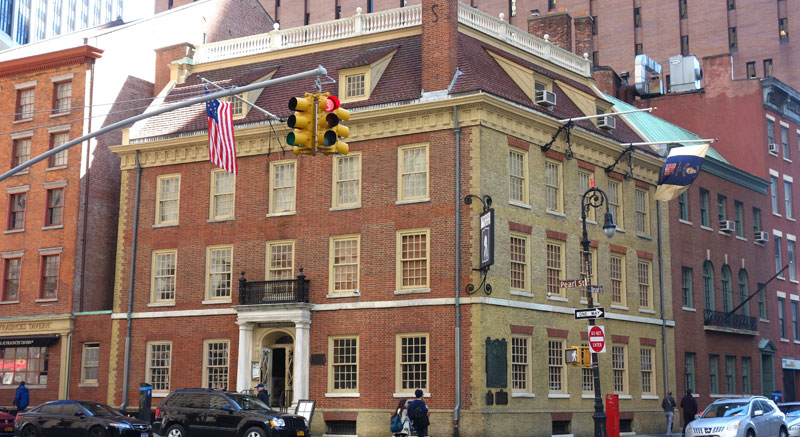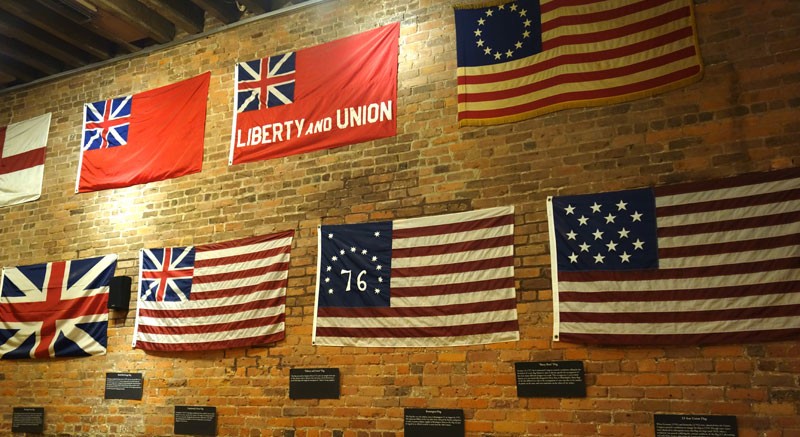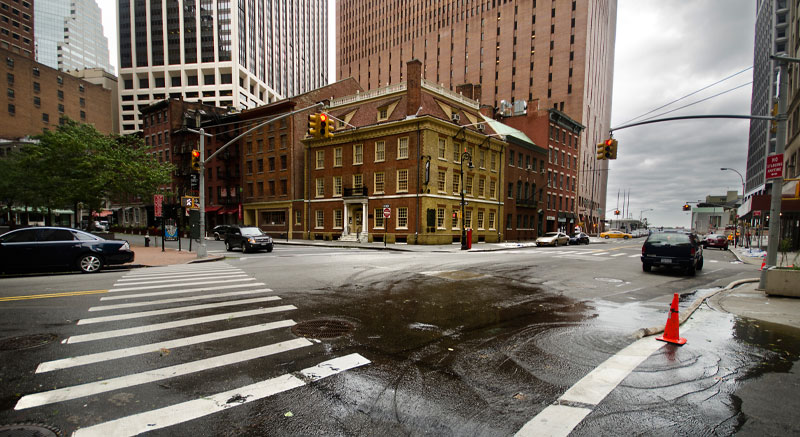Fraunces Tavern Museum
Fraunces Tavern is a tavern, restaurant and museum housed in an imaginative reconstruction of a building that played an important role in pre-Revolutionary and Revolutionary American history.
Location of Fraunces Tavern
Fraunces Tavern, located at the corner of 54 Pearl Street and Broad Street, is considered one of Manhattan’s oldest surviving buildings. The building is a tourist spot and a part of the American Whiskey Trail and the New York Freedom Trail.

History of Fraunces Tavern
New York Mayor Stephanus van Cortlandt built his home in 1671 on the site, but retired to his mansion on the Hudson River and gave the property in 1700 to his son-in-law, Etienne “Stephen” DeLancey, a Frenchman who had married his daughter, Anne. The DeLancey family supported the Livingston family in the leadership of the province of New York.
DeLancey built the present building as a residence in 1719. The small yellow bricks used in the construction of the project were imported from Holland, and the sizable mansion was highly regarded in the province for its quality. His heir sold the building in 1762 to Samuel Fraunces who converted the house into the folk tavern, called the Queen’s Head.

Before the Revolution, the building was one of the meeting places of the Sons of the Revolution. During the tea crisis of 1765, patriots forced a British captain who tried to bring tea to New York to publicly apologize to the building. The patriots disguised themselves as American Indians, and then threw the ships’ cargo of tea into New York Harbor. In 1768, the New York Chamber of Commerce was founded at a meeting in the building.
George Washington at Fraunces Tavern
After British troops evacuated New York, the tavern hosted a dinner called the “Turtle Feast” on December 4, 1783 in the building’s Long Room, General George Washington bid farewell to the officers of the Continental Army saying “with a heart full of love and gratitude, now I must leave you. I sincerely wish that your coming days will be as prosperous and happy as the previous ones were glorious and honored”.

Dating back to 1907, the Fraunces Tavern Museum on the second and third floors provides information about the Fraunces Tavern and its collection of artifacts.
The museum
The museum includes nine galleries: The John Ward Dunsmore Collection of paintings of scenes from the American Revolution; the Elizabeth and Stanley DeForest Scott Gallery of portraits of George Washington, the Long Room, the site of General George Washington’s famous farewell dinner, the Clinton Room, a recreation of a Federalist-style dining room;
The McEntee Gallery, depicting the history of the Sons of the Revolution, the Davis Education Center (Flag Gallery), and a number of other galleries and spaces used for periodic exhibitions.
In 2014, for example, the museum exhibited 27 maps from the 1700s and 1800s, including a map from 1804 depicting United States postal routes.

The building served as the office location of the General Society, Sons of the Revolution (a heritage organization similar to and rivaling the “Sons of the American Revolution”) until 2002, when the General Society moved to Independence, Missouri.
Landmark
The building was designated a landmark in 1965 by the New York City Landmarks Preservation Commission, and the building block bounded by Pearl Street, Water Street, Broad Street and Coenties Slip.


